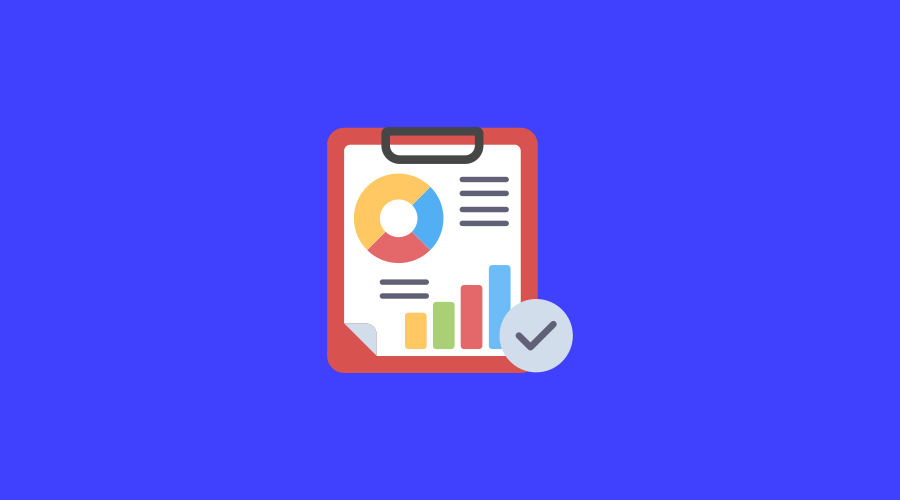Driving Data-Driven Decision Making: How to Choose the Right KPIs for Your Dashboard

Choosing the right Key Performance Indicators (KPIs) is crucial for any dashboard, as these metrics provide a clear picture of the performance of an organization, team, or process. KPIs serve as a guide for data-driven decision-making and help identify areas that need improvement. However, it’s important to remember that not all KPIs are created equal.
Selecting the wrong KPIs can lead to misinterpretation of data and inaccurate decision-making. It can also waste resources and time tracking irrelevant metrics. Therefore, it’s essential to choose KPIs that align with your goals and objectives, and accurately measure progress toward them.
Additionally, it’s crucial to consider the audience of the dashboard and ensure the KPIs are relevant and understandable to them. The right KPIs will help stakeholders identify areas of success and improvement, as well as support continuous improvement efforts.
In short, choosing the right KPIs is essential for ensuring your dashboard provides meaningful insights and supports data-driven decision-making. It’s important to take the time to carefully select the KPIs that will accurately measure progress toward your goals and resonate with your audience.
You can present your KPIs using Dashboard PowerPoint Templates – Slidebazaar.
Identifying key business areas and metrics
Identifying key business areas and metrics is a crucial step in selecting the right KPIs for your dashboard. Start by identifying the most important areas of your business that impact your goals and objectives. These could be sales, marketing, operations, finance, or any other key business function.
Once you have identified the key areas, determine the metrics that are most relevant and important for each area. For example, if you are tracking sales performance, relevant metrics could be revenue growth, customer acquisition, or conversion rates.
It’s important to select metrics that are specific, measurable, and directly tied to your goals. This will ensure that the KPIs you select are meaningful and accurately measure progress toward your objectives.
Understanding your audience and stakeholders
Understanding your audience and stakeholders is a critical factor in selecting the right KPIs for your dashboard. You need to ensure that the KPIs you choose are relevant, meaningful, and easily understandable to your target audience.
To understand your audience and stakeholders, consider factors such as their level of expertise, their role in the organization, and their specific information needs. For example, if you are creating a dashboard for executives, you may need to focus on high-level metrics that provide a broad overview of the organization’s performance.
By understanding your audience and stakeholders, you can ensure that your dashboard provides insights that are tailored to their needs and support decision-making. This will also help increase engagement and adoption of the dashboard, leading to better utilization of the data and more successful outcomes.
Also Read : Best SEO Tools to Use in 2025
Prioritizing KPIs based on importance and relevance
Prioritizing KPIs based on their importance and relevance is essential for creating an effective dashboard. Not all metrics are equally important, and it’s important to focus on the ones that are most closely tied to your goals and objectives.
Start by identifying the metrics that have the greatest impact on your business outcomes. These could be revenue, customer satisfaction, employee engagement, or employee retention, for example. Once you have identified these critical metrics, prioritize them in your dashboard to ensure they are given the appropriate emphasis.
Additionally, consider the relevance of each metric to your audience and stakeholders. Metrics that are meaningful and understandable to your target audience will be more likely to drive engagement and adoption of the dashboard.
By prioritizing KPIs based on their importance and relevance, you can create a more focused and effective dashboard that drives better decision-making and supports your organizational goals.
Evaluating data availability and reliability
Evaluating the availability and reliability of data is crucial when selecting KPIs for your dashboard. Without accurate and reliable data, your KPIs may be meaningless or even misleading.
Start by identifying the sources of data that you will be using for your KPIs. Evaluate the quality and reliability of the data, as well as any limitations or biases that may affect its accuracy.
Consider the frequency and consistency of data collection, as well as the availability of historical data. Ensure that your data sources are up-to-date and aligned with your goals and objectives.
By evaluating data availability and reliability, you can ensure that your KPIs are based on accurate and trustworthy data. This will help increase confidence in the dashboard and enable better decision-making.
Refining and adapting your KPIs over time
Refining and adapting your KPIs over time is an important aspect of dashboard management. Business environments are constantly changing, and your KPIs need to evolve to reflect these changes.
Regularly review your KPIs to ensure they remain relevant and meaningful. Analyze how your KPIs are performing and consider whether adjustments are necessary.
Additionally, be open to feedback from your audience and stakeholders. Incorporate their suggestions and adjust your KPIs accordingly to better meet their needs.
By refining and adapting your KPIs over time, you can ensure that your dashboard remains effective and continues to provide valuable insights for decision-making. This will help you stay on track toward your goals and achieve greater success over time.
Conclusion
Choosing the right KPIs for your dashboard is crucial for driving effective decision-making and achieving your organizational goals. Start by identifying key business areas and metrics, understanding your audience and stakeholders, and prioritizing KPIs based on importance and relevance. Evaluate the availability and reliability of your data sources and refine your KPIs over time to ensure they remain relevant and effective.
A well-designed dashboard can provide valuable insights into your business performance, enabling you to make data-driven decisions and stay ahead of the competition. By following these steps and continuously refining your KPIs, you can create a dashboard that drives success and helps you achieve your organizational objectives.

Comments are closed